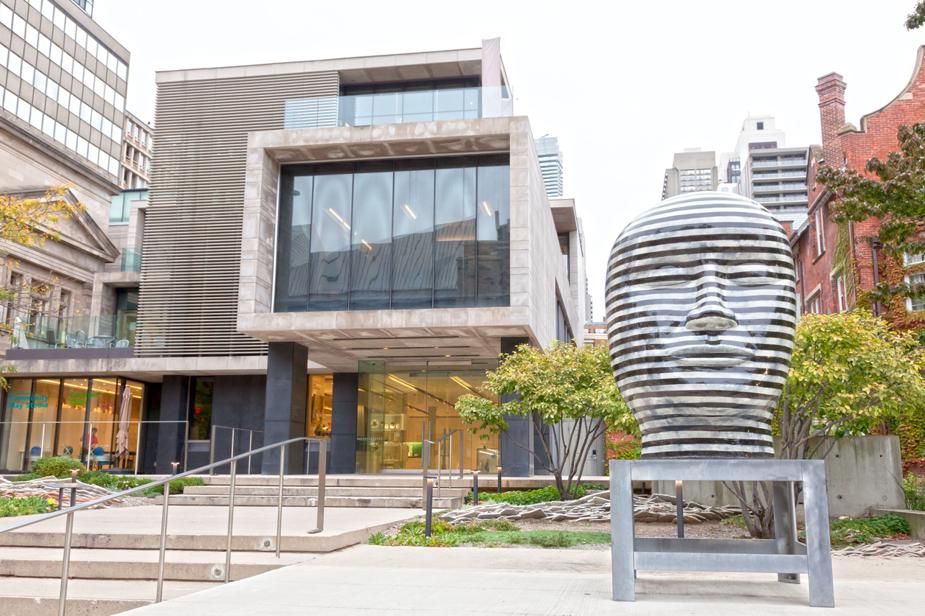
WHAT WE CAN LEARN FROM TORONTO’S BERCZY PARK
The newly revitalized Berczy Park opened last summer, creating an iconic park at the threshold of three iconic neighbourhoods: St. Lawrence, the Old Town, and the Financial District. Once thought of as places to escape urban life, city parks are now helping to define the experience of living in a busy city.
With the important role that park land has in creating healthy cities, landscape architects and city planners need to get it right. To ensure the successful design of Toronto’s future green space, here are some invaluable lessons learned from Berczy Park, the little downtown park that’s making a big impact.
A TOUCH OF WHIMSY HELPS CREATE A WELCOMING PLACE
Good park design helps to create a sense of place, but also a sense of playfulness. The new fountain contains many dog statues (and two cats) that shoot water towards a golden bone perched on top of the fountain. If you follow the cat’s gaze, you’ll find two birds perched on a nearby light fixture, and if you follow the birds’ gaze, you’ll find some worms. It’s silly, whimsical, and a delight.
DIVERSE AND PLENTIFUL SEATING IS KEY
Toronto parks have few benches, and the ones which have seating are not the most comfortable or attractive. Thankfully, we are correcting this mistake, Berczy Park is filled with the kind of long benches that you find in New York or Boston that invite dozens of people to sit together.
STREETS SHOULD BE INCLUDED WITHIN PARK DESIGN
A unique part of the park revitalization was the redesign of adjacent Scott Street as an extension of the public space. A creative solution between city divisions (Parks and Transportation) allows the park to actually expand different uses. Streets are the biggest public space resource available, making up around 25% of the space in Toronto (parks are 13%). By cleverly incorporating them into the parks, we can create a more people-focused, flexible network of public spaces.




